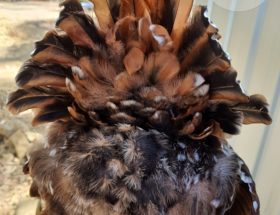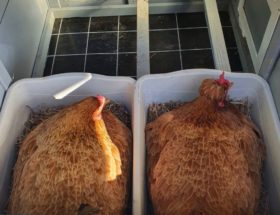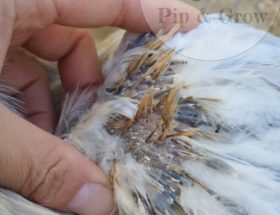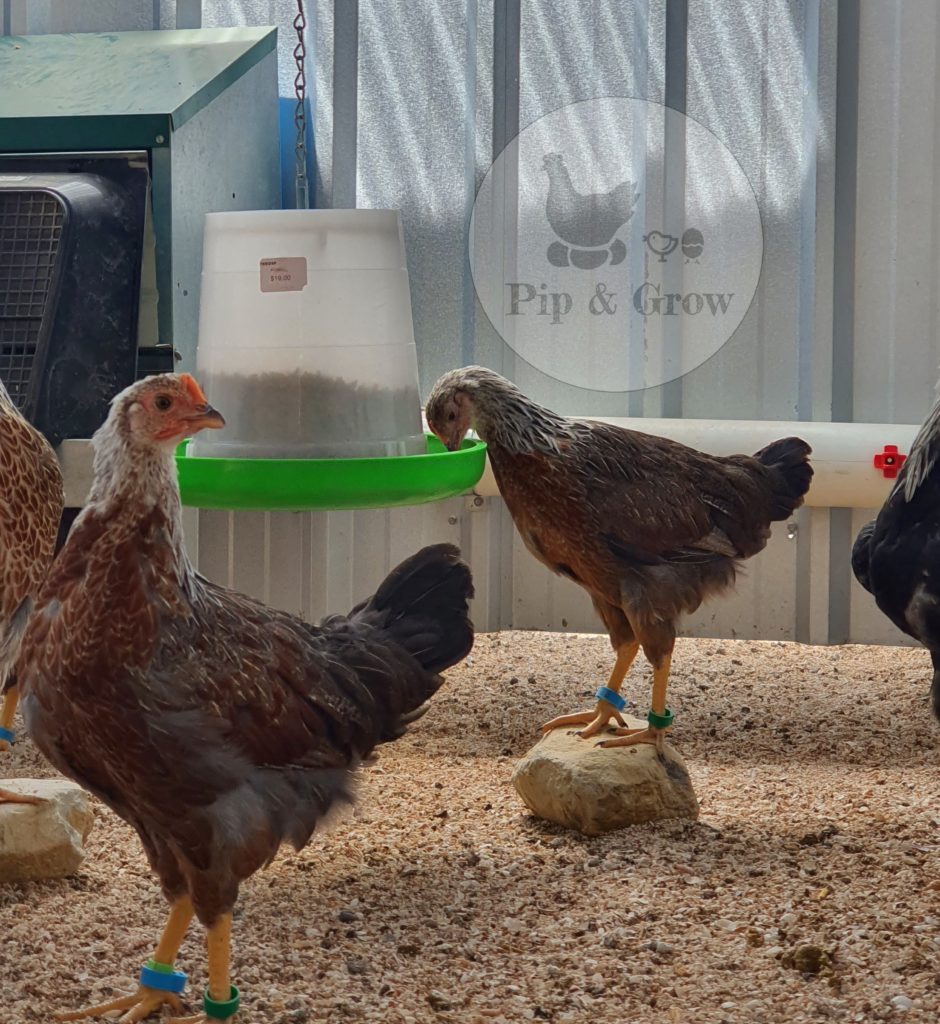
Common Feeder & Feeding Problem.
“My chickens tend to scatter a lot of food around their feeders.”
This behavior often occurs when they’re fed a “Mixed Grain and Seed” type of feed, as they pick out the specific grains or seeds they prefer. Switching to a pellet or mash feed could help alleviate this issue, as there won’t be individual components for them to select.
Despite our efforts, some chickens continue to exhibit selective behavior even with pellet feed, seemingly fixating on finding the perfect size piece. We’ve experimented with various methods to address this issue.
One approach involved using the popular Gardening Australia “DIY Bucket Feeder with nob,” which initially showed promise but encountered challenges over time. Firstly, there was an excess of powdery crumbles left beneath the bucket, which the chickens ignored, attracting rodents. Secondly, one chicken developed a habit of pecking at the nob until the entire bucket was emptied just for fun and wasting entire bucket full of feed. Lastly, when we hung a bucket outdoors for the chickens to access freely, groups of wild birds learned to use the nob, which is not ideal for the wild birds.
After trying several different feeders, including step-on feeders and various types of hanging feeders, we finally found success with a specific type of hanging feeder called the “Suspension feeder.”



You can easily find this specific type of hanging feeder in numerous pet stores and feed shops if you search for it. Although it may be slightly more expensive than other hanging feeders typically made with red plastic, investing a few extra dollars is worthwhile.
The feeder is made of thicker and more durable plastic, Its UV-safe plastic. It is well-built and sturdy and most importantly, it allows us to customize the amount of feed dispensed by simply adjusting the butterfly nut at the top.


Two crucial points to remember when using this feeder:
1. Tighten the Butterfly Nut : Ensure that the butterfly nut is tightened as far as it can go. This adjustment controls the gap from which feed is released, allowing only a small amount of feed to be dispensed initially. While it may seem like a minimal amount of food is coming out, as the chickens eat and peck at the feeder base, their movements will trigger the release of more feed. Chickens quickly learn to associate pecking with obtaining food. If there isn’t enough feed readily available, they will become more active in pecking, keeping them engaged and preventing boredom. Many poultry keepers make the mistake of leaving the nut loose, resulting in a larger gap that releases excessive feed, leading to wastage and encouraging chickens to scatter the feed by pecking at it.

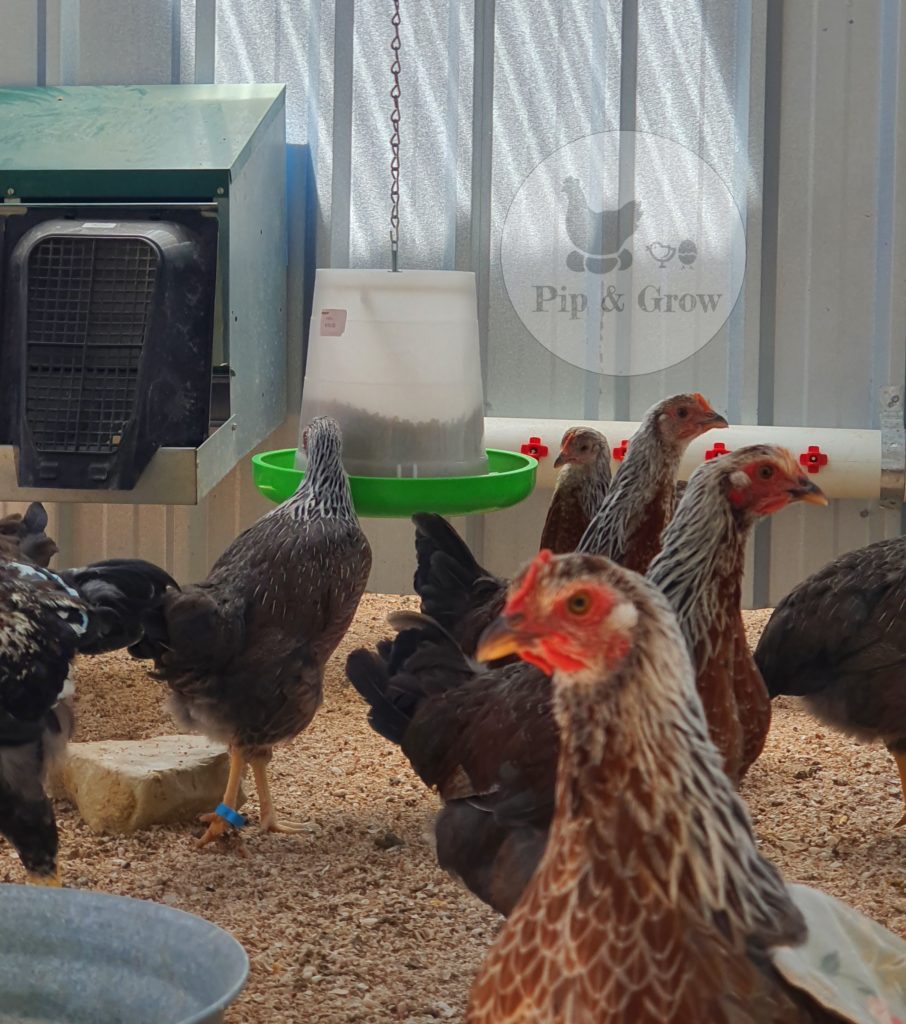
2. Hang the Feeder at an Optimal Height : Hang the feeder as high as possible so that chickens can only just reach it when they stretch their necks. This positioning minimizes the chance of chickens playing with the feed or scattering it around. In the case of a mixed flock with chickens of varying heights, provide a rock or brick for the shorter ones to stand on. Hanging the feeder low allows chickens more opportunity to inspect and “play” with the feed, leading to selective eating and wastage as they pick out their preferred looking pellets.
It’s important to note that while this specific feeder works well in fully enclosed pens, it may not be suitable for free-range situations or pens that aren’t fully enclosed. In such cases, feeders like Grandpa’s feeder or step-on feeders may be more appropriate, as they offer better protection against wild birds and exposure to weather elements such as rain. With a wide variety of feeders available in the market, this recommendation is just one that has proven effective for our situation in terms of balancing price, quality, and efficiency. We are sharing this tip hoping this may be helpful to other poultry keepers facing similar challenges.
Related Post : Waterers – Pros & Cons
